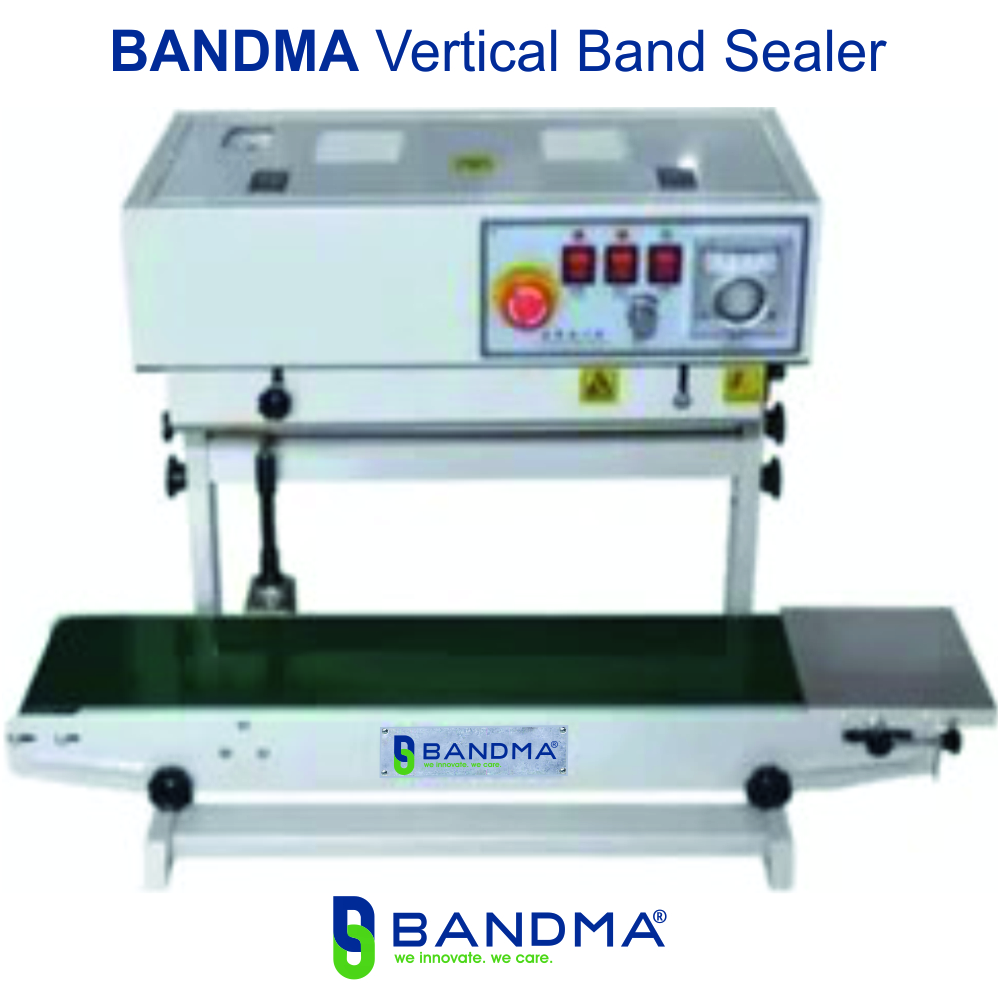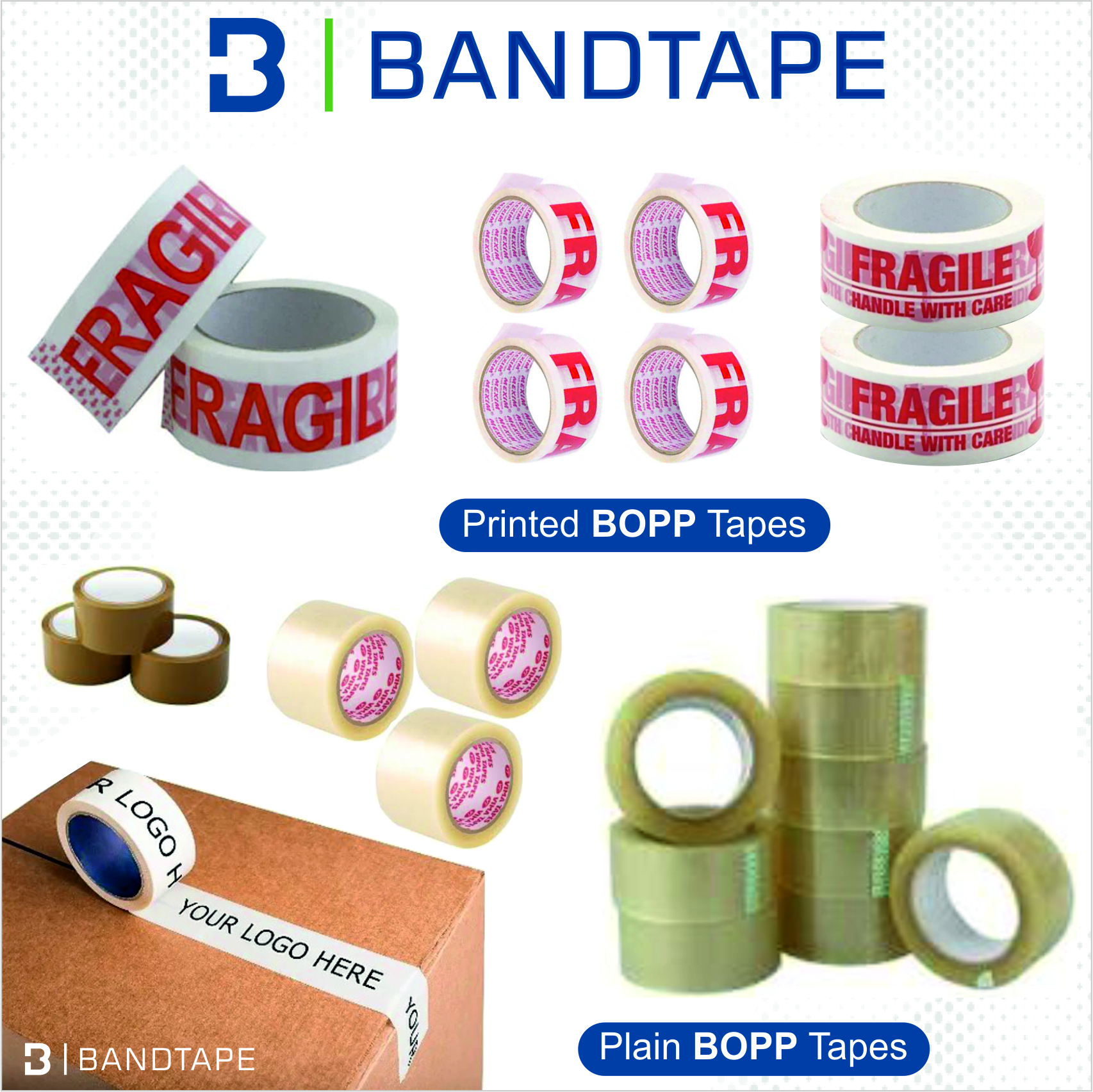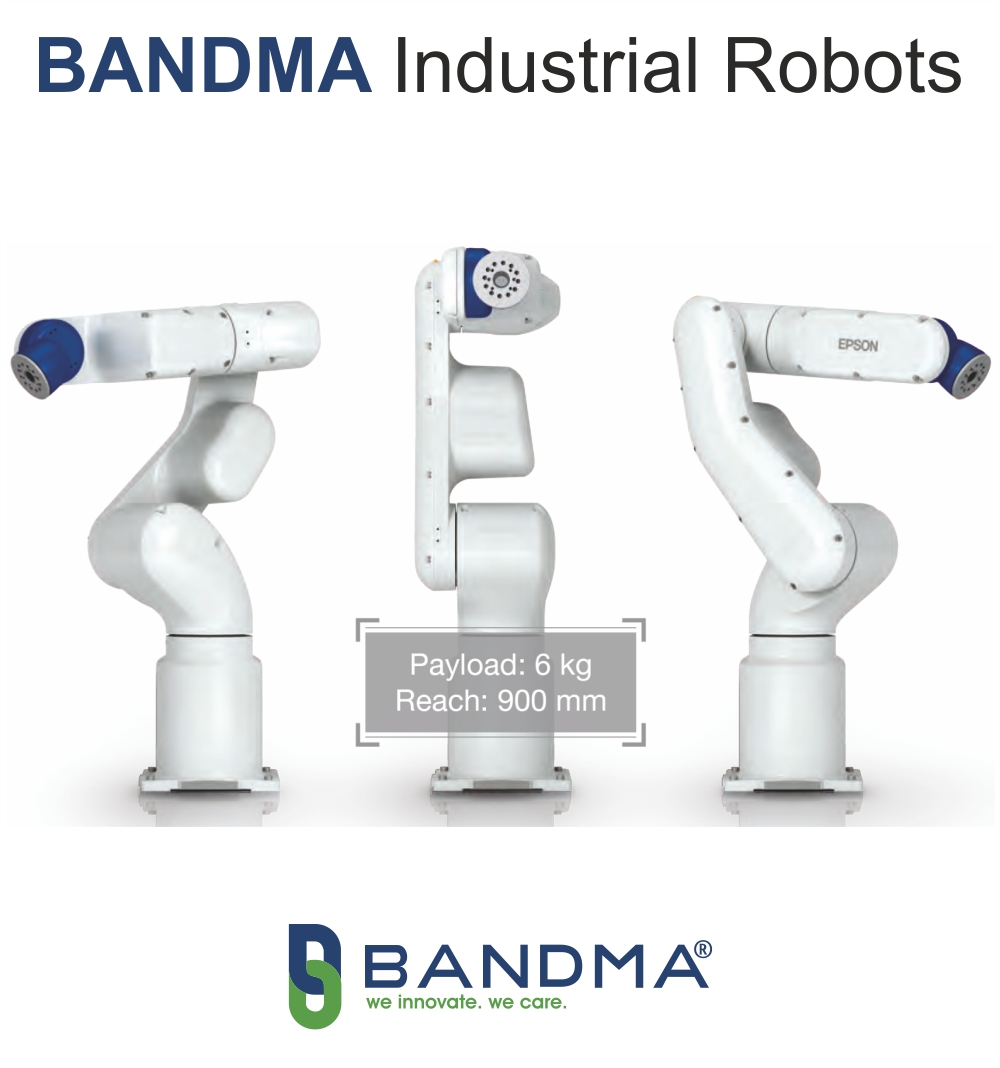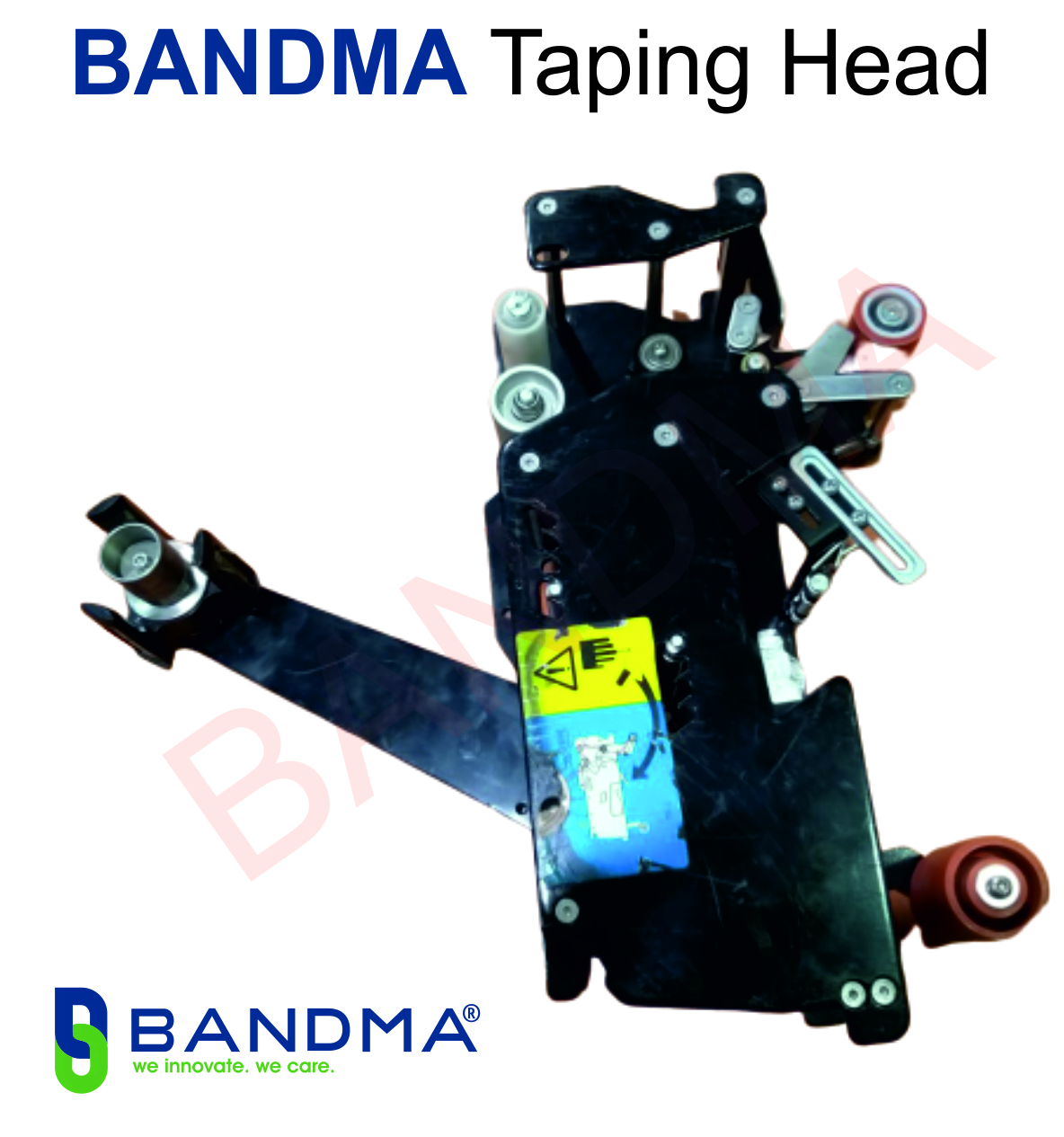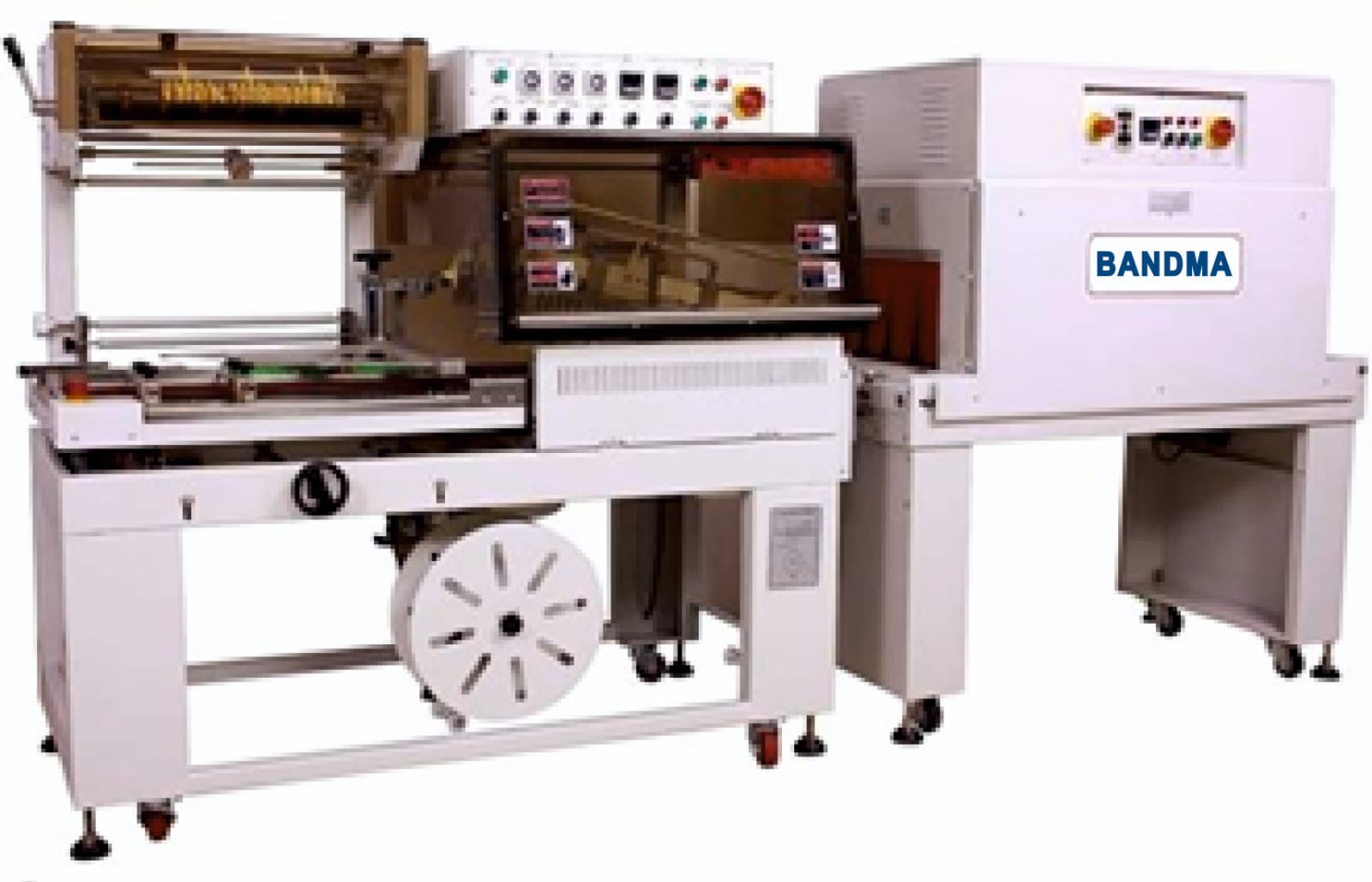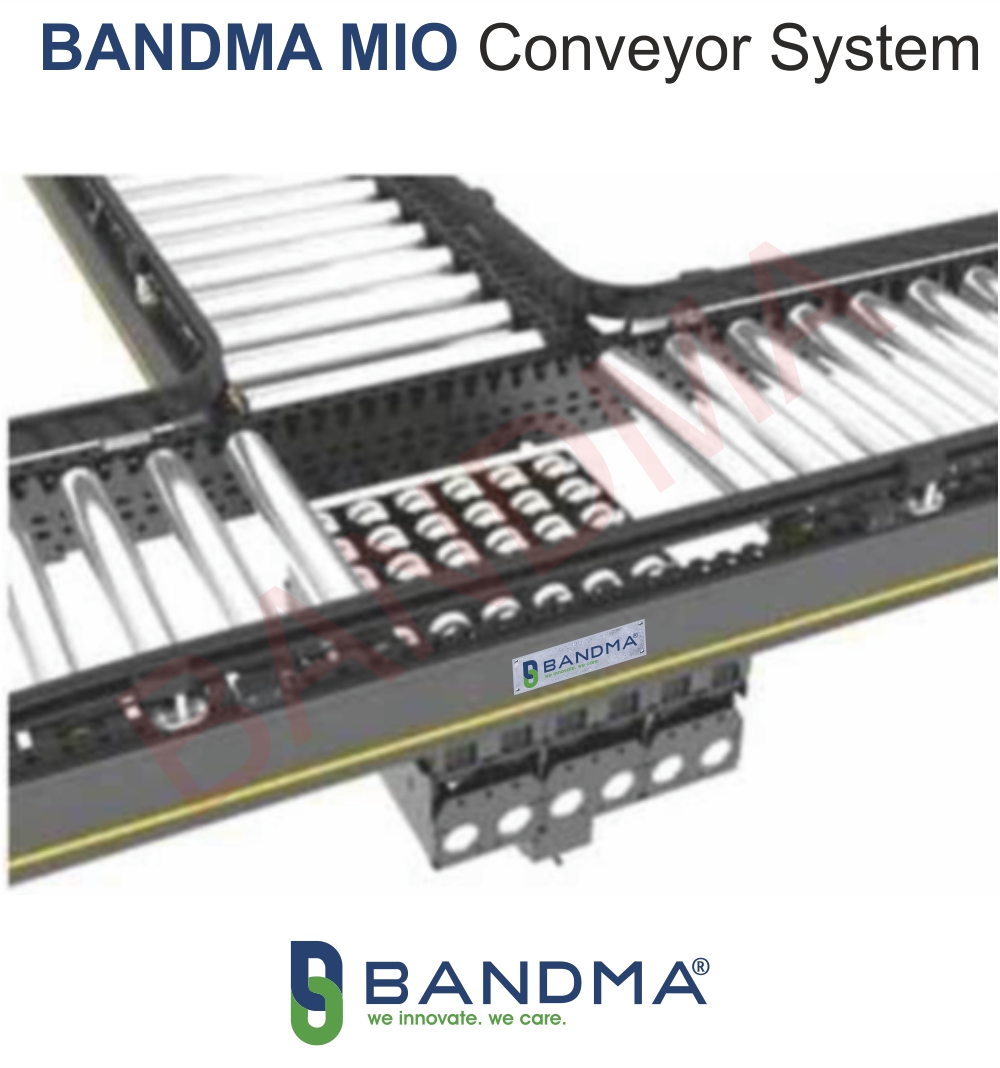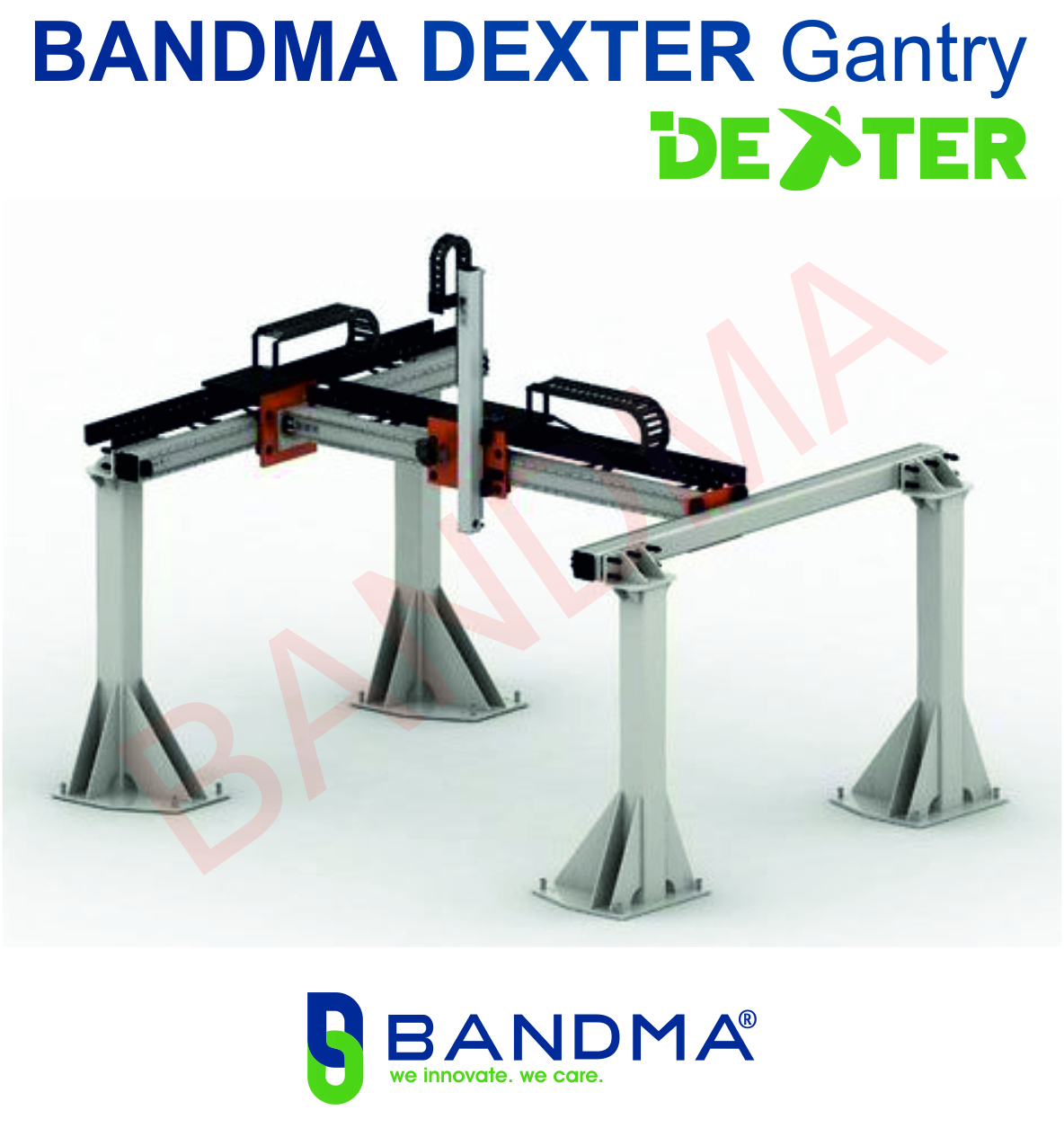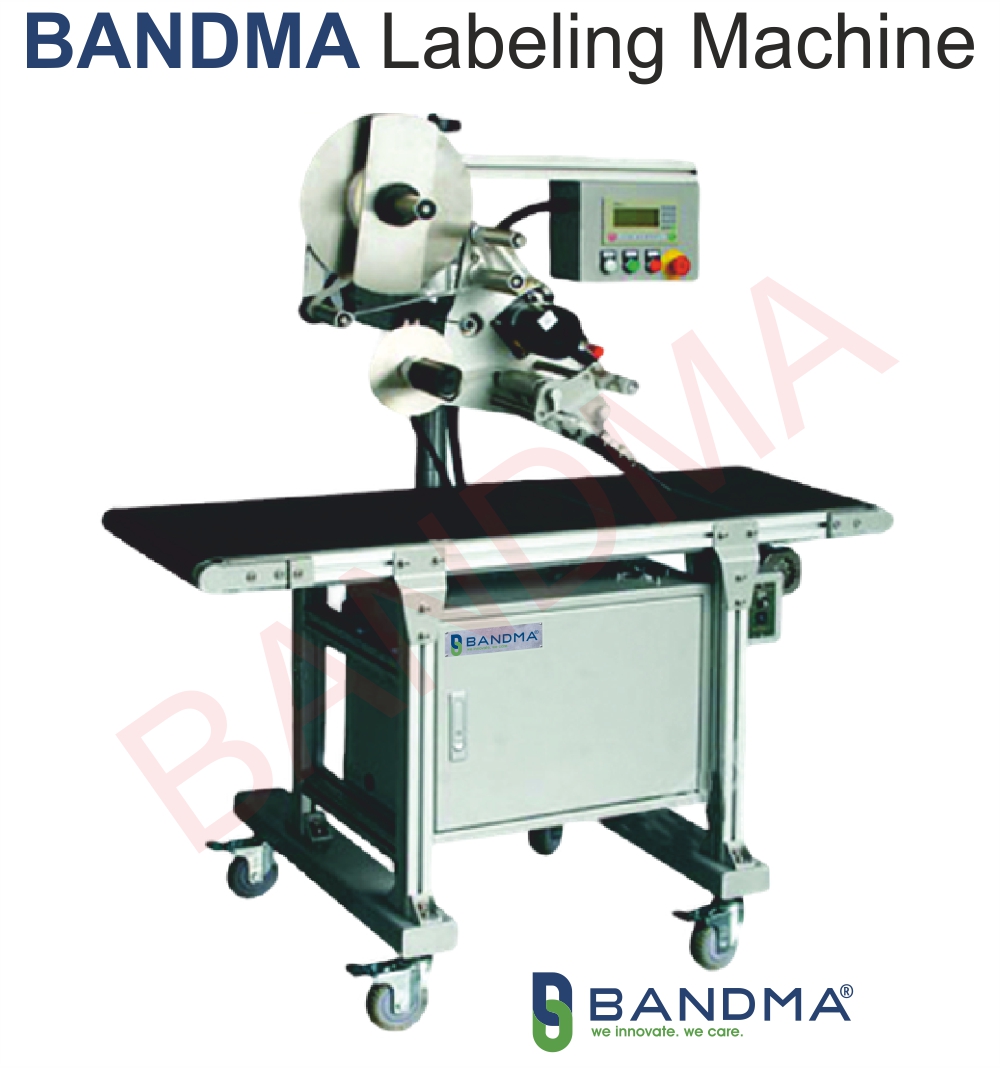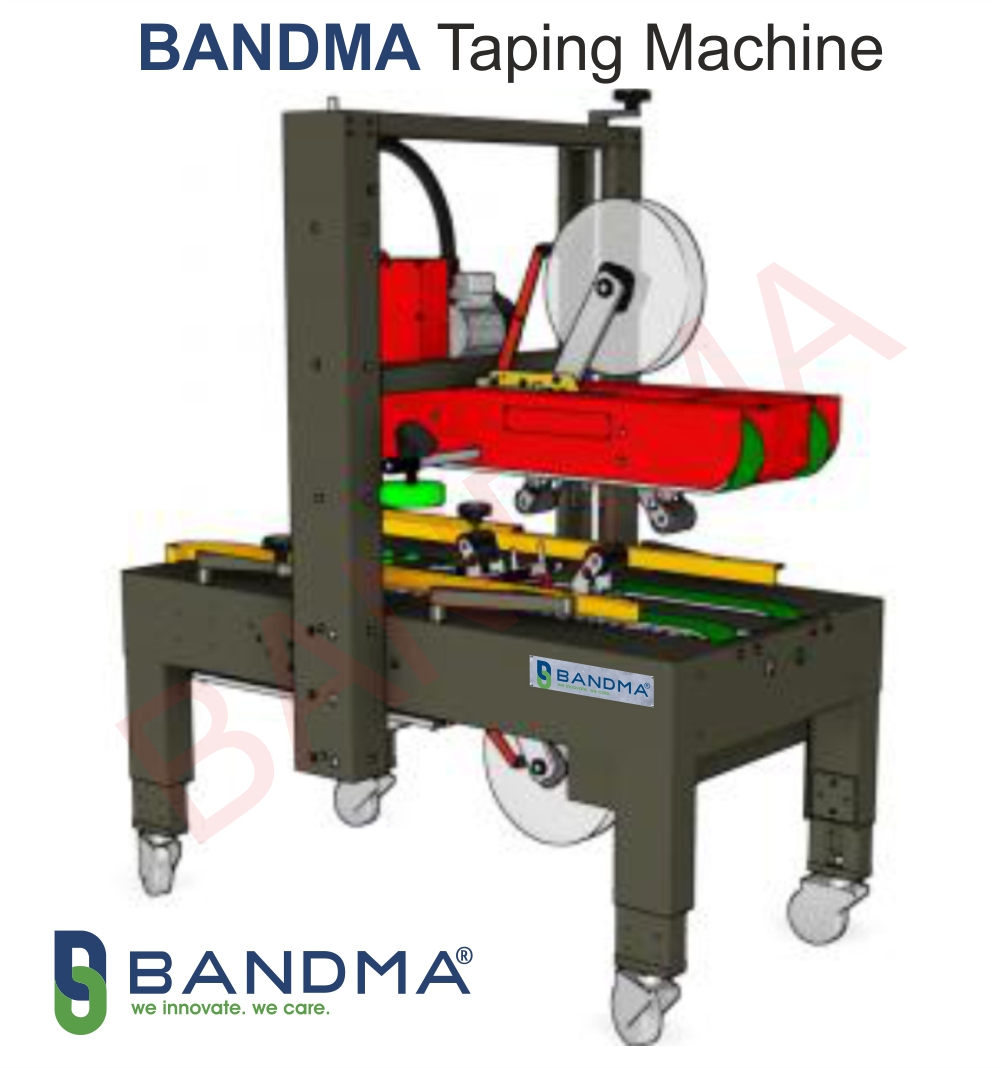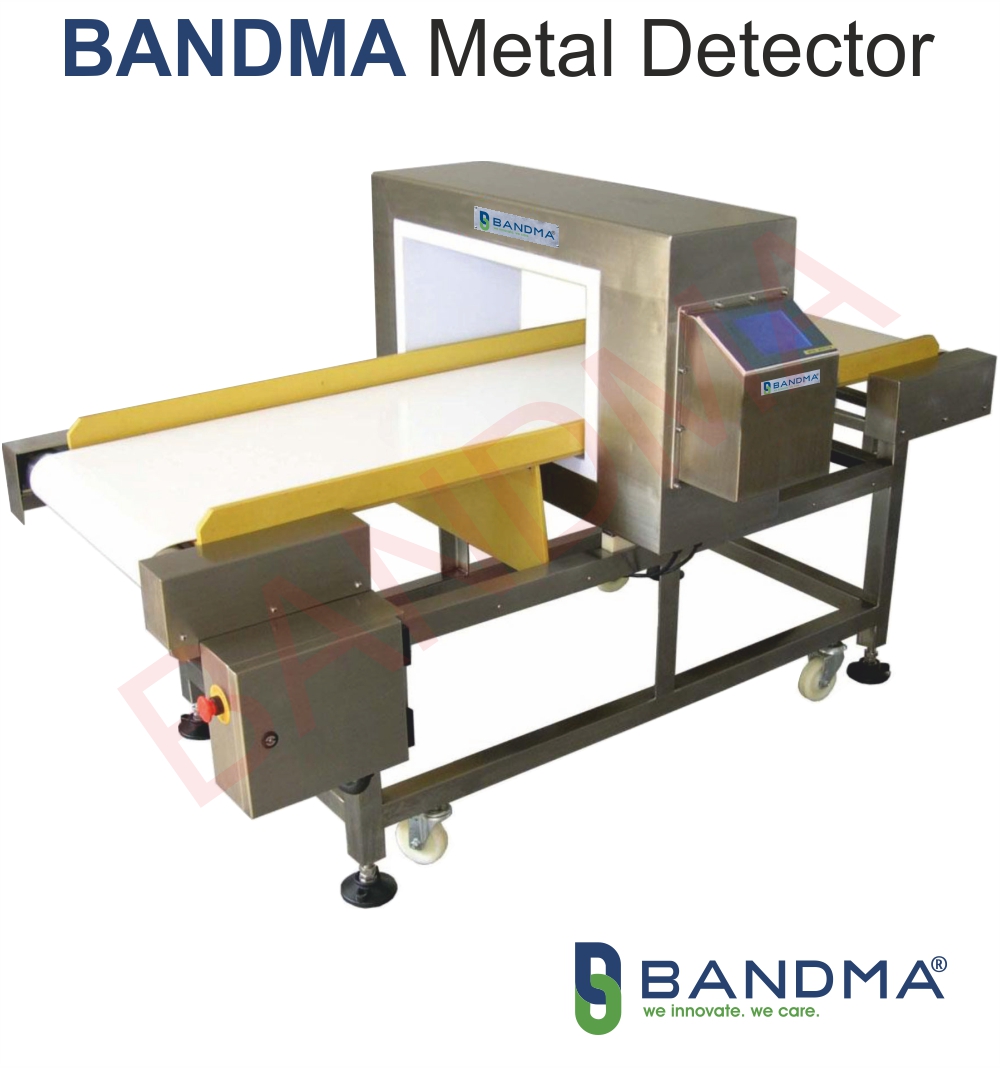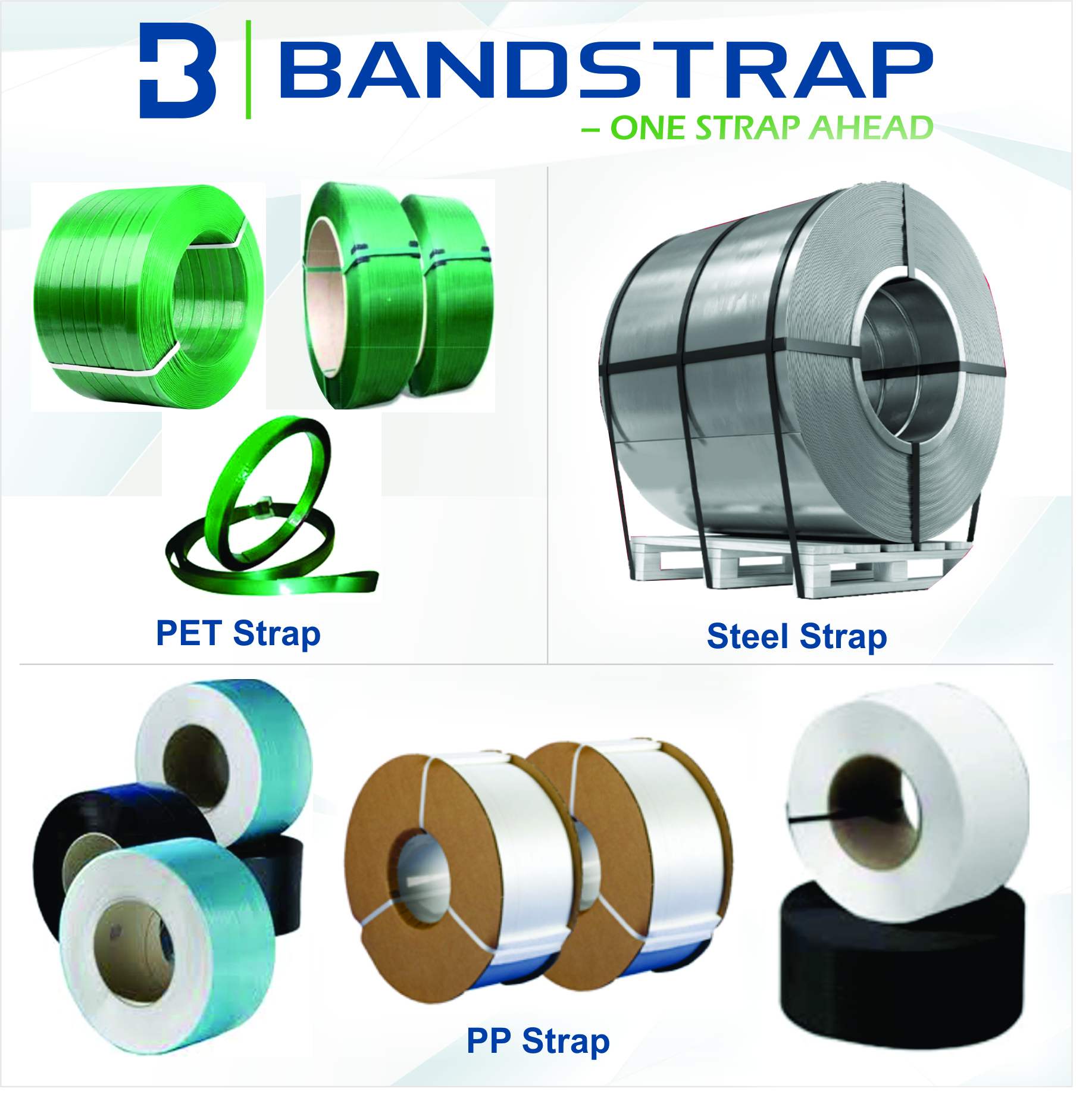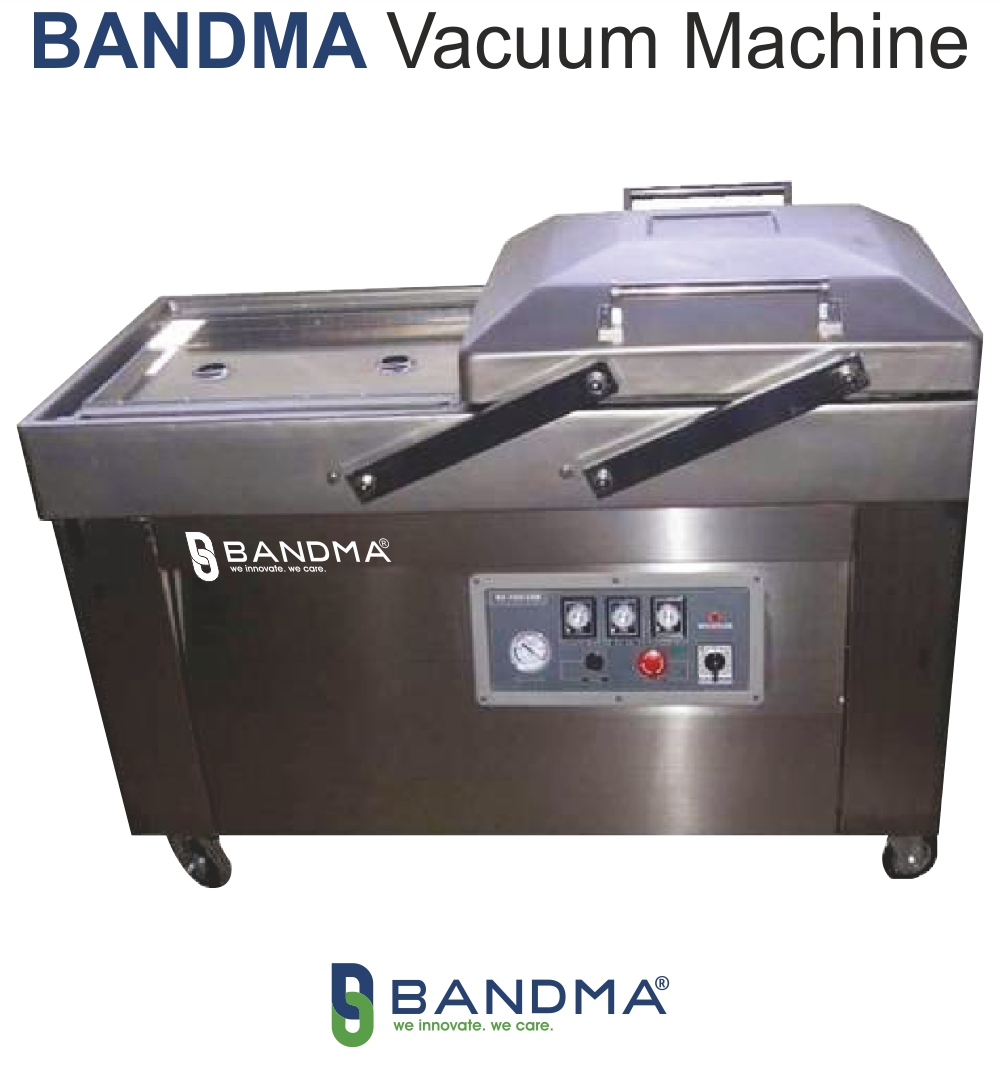In today's ever-changing industrial scene, productivity and efficiency are critical. Conveyor systems stand out among the numerous inventions propelling these developments as revolutionary instruments that have completely changed material handling procedures. Conveyor systems are essential for improving operating efficiency, cutting labor costs, and guaranteeing on-time delivery of items in a variety of settings, including manufacturing, warehousing, distribution, and logistics. This blog explores the world of conveyor systems, including kinds, uses, advantages, and things to think about when selecting the best system for your requirements.
The Evolution of Conveyor Systems
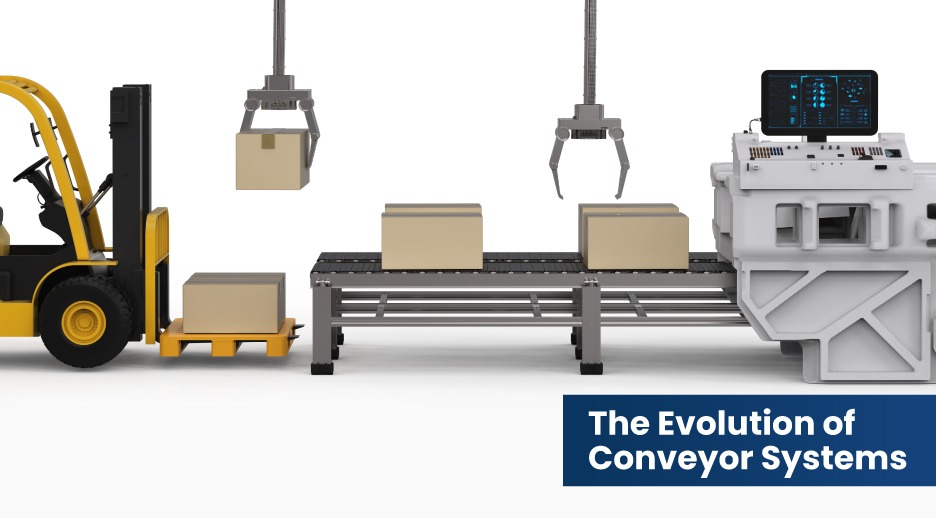 Conveyors are a throwback to a time when moving bulky goods required crude techniques. When mechanical systems were introduced to expedite production operations during the Industrial Revolution, conveyor technology advanced significantly. Conveyor systems have evolved into sophisticated, high-performance solutions that are essential to modern industry over the years thanks to developments in engineering, automation, and materials science.
Conveyors are a throwback to a time when moving bulky goods required crude techniques. When mechanical systems were introduced to expedite production operations during the Industrial Revolution, conveyor technology advanced significantly. Conveyor systems have evolved into sophisticated, high-performance solutions that are essential to modern industry over the years thanks to developments in engineering, automation, and materials science.
Types of Conveyor Systems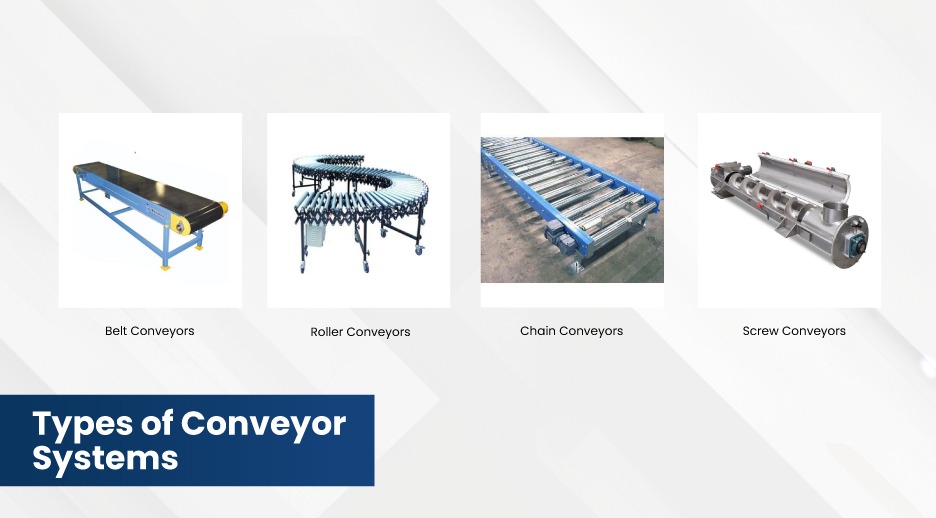 Bandma Conveyor systems come in various types, each designed to meet specific material handling needs. Some of the most common types include:
Bandma Conveyor systems come in various types, each designed to meet specific material handling needs. Some of the most common types include:
- Belt Conveyors: These conveyor systems, which are the most common kind, have a continuous belt that is looped around pulleys. They are perfect for transporting a variety of things over long distances, including packaged goods and bulk materials.
- Roller Conveyors: These conveyors work well for moving objects with a flat bottom because they have rollers spaced at regular intervals. They are frequently utilized for handling boxes and pallets in distribution centers and warehouses.
- Chain Conveyors: In these systems, heavy goods or products are moved along a production line using chains. They can support loads that belt or roller conveyors might find difficult to handle since they are strong.
- Screw Conveyors: These conveyors are ideal for handling granular or semi-solid products since they have a helical screw element. They are widely employed in a variety of sectors, including mining, agriculture, and food processing.
Applications of Conveyor Systems
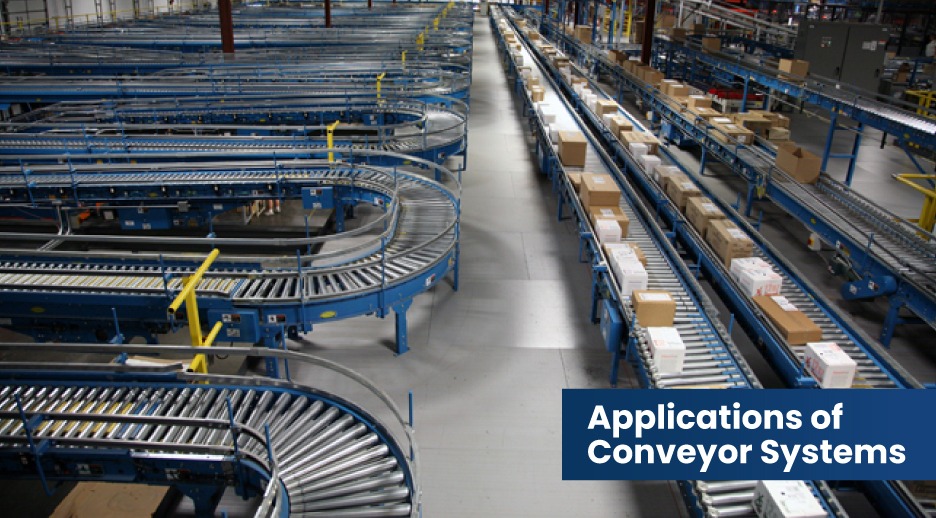 Conveyor systems are indispensable in various industries due to their versatility and efficiency. Some key applications include:
Conveyor systems are indispensable in various industries due to their versatility and efficiency. Some key applications include:
- Manufacturing: Conveyor systems facilitate the efficient movement of both completed goods and raw materials along assembly processes. They speed up production and save inventory costs by enabling just-in-time manufacturing.
- Warehousing and Distribution: Conveyors automate the picking, packing, and sorting procedures, increasing warehouse efficiency. They guarantee correct and timely order fulfillment, saving labor expenses and raising client pleasure.
- Food and Beverage: Conveyor systems are necessary for hygienic and effective product handling in food processing and packaging. They adhere to stringent industry requirements and support the maintenance of constant product quality.
- Mining and Quarrying: Conveyors cover long distances in various industries, moving bulk goods like coal, ore, and aggregates. They increase operating safety and lessen the demand for manual work.
- Automotive: Conveyors are employed in the automotive industry to transport parts between assembly steps. They facilitate the smooth integration of automated operations and increase production efficiency.
- E-commerce: Conveyor systems have become essential in e-commerce fulfillment centers due to the growth of online purchasing. They allow orders to be processed and shipped quickly, satisfying the needs of consumer markets that move quickly.
Benefits of Conveyor Systems
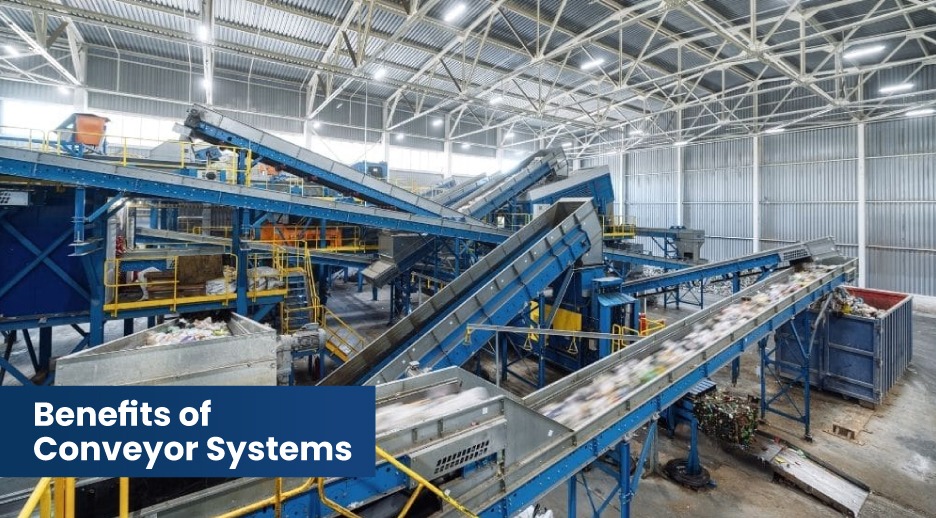 The implementation of conveyor systems offers numerous advantages that contribute to the overall efficiency and productivity of operations:
The implementation of conveyor systems offers numerous advantages that contribute to the overall efficiency and productivity of operations:
- Increased Efficiency: Conveyor systems greatly reduce the time and effort needed to transport objects by automating material handling processes. Faster order fulfillment and production cycles result from this.
- Reduced Labor Costs: Conveyors lessen the need for manual work by automating labor-intensive and repetitive processes. This reduces the chance of workplace accidents while simultaneously lowering labor expenditures.
- Consistency and Reliability: Conveyor systems ensure accurate and seamless material movement by offering dependable and constant performance. Error risk is decreased and product quality is improved by this uniformity.
- Scalability: Conveyor systems are easily scalable to meet evolving business requirements and production levels. To accommodate expansion, they can be expanded, rearranged, or combined with additional automation technologies.
- Space Optimization: Conveyors that operate vertically and overhead free up valuable floor space, enabling more effective use of the available space. This is especially helpful for spaces-constrained facilities.
- Improved Safety: By automating material handling, the danger of mishaps and injuries from physical lifting and transportation is decreased. Safety measures like guards and emergency stops are built into conveyor systems to keep workers safe.
Factors to Consider When Choosing a Conveyor System
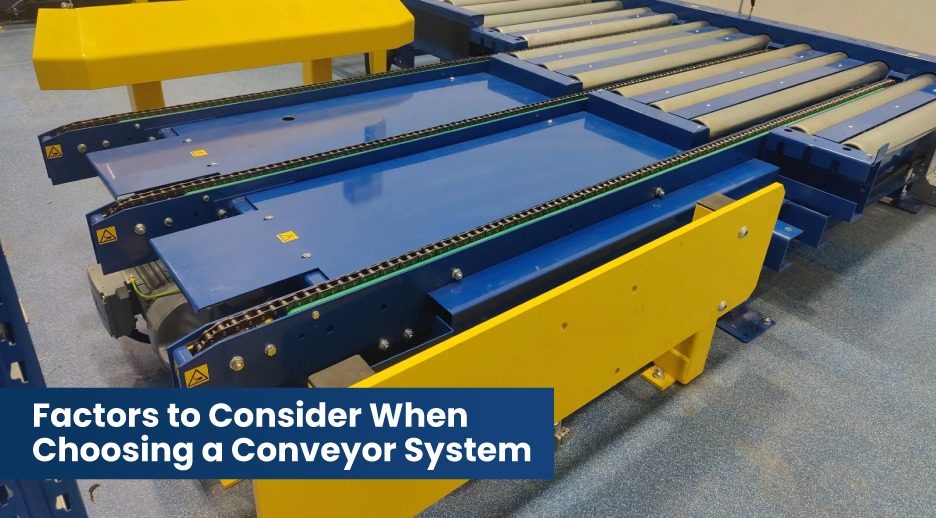 Bandma Selecting the right conveyor system for your needs involves evaluating several key factors:
Bandma Selecting the right conveyor system for your needs involves evaluating several key factors:
- Material Type: Take into account the materials' dimensions, weight, and fragility when transporting them. Different conveyor types and handling techniques are needed for different materials.
- Throughput Requirements: Determine the necessary volume and speed of material movement. Conveyors with greater strength and speed may be required for high-throughput applications.
- Environment: Consider the temperature, humidity, and possibility of chemical or abrasive exposure while evaluating the operating environment. Select conveyors made of parts and materials resistant to these circumstances.
- Space Constraints: Think about the area that the conveyor system can occupy. If you have limited floor space, choose vertical or small conveyors.
- Integration: Make sure the conveyor system can operate in unison with the automation technologies and equipment that are already in place. This entails taking connectivity and control systems into account.
- Maintenance and Reliability: Select a conveyor system that is renowned for being long-lasting and low-maintenance. Overall productivity will increase with dependable systems that experience little downtime.


